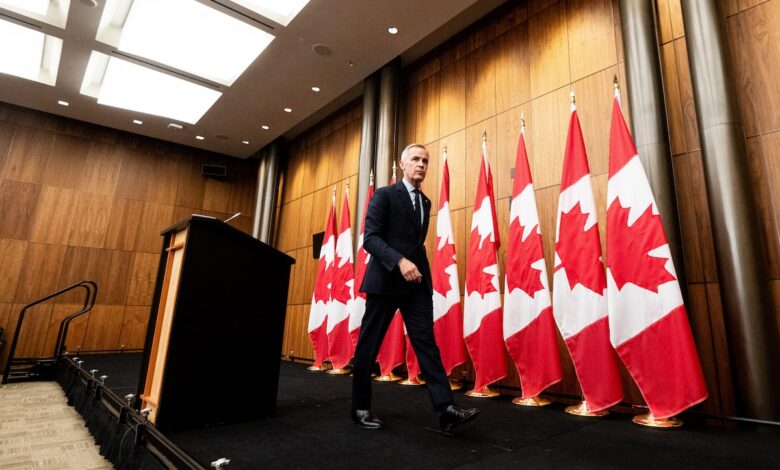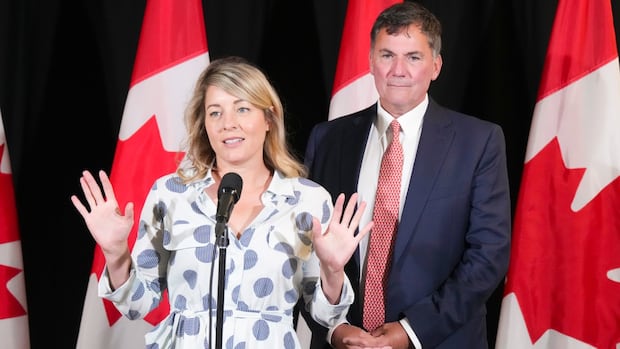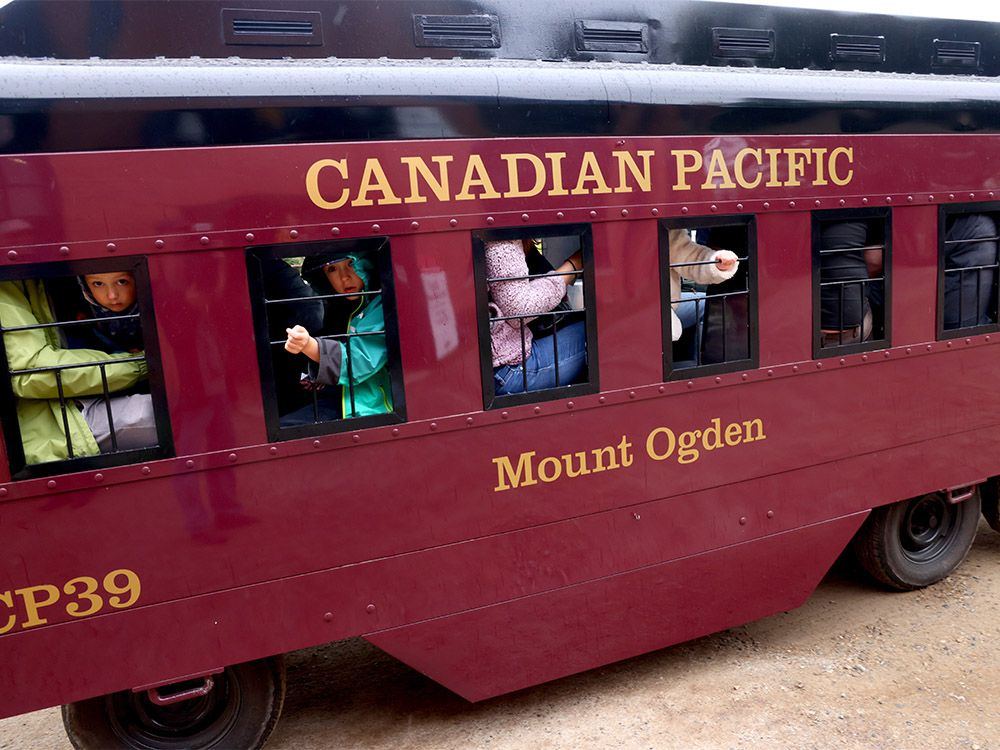How has Carney’s cabinet handled its first 100 days? Our columnists answered your questions

Prime Minister Mark Carney’s new cabinet has been in office for 100 days, and there are already significant changes taking place in Canada. The cabinet was formed to address pressing issues facing the country, with a focus on trade negotiations and economic stability. However, progress has been slow, particularly in trade deals with the U.S. and the housing sector.
One of the main challenges facing the government is the uncertainty surrounding negotiations with U.S. President Donald Trump. The President’s unpredictable behavior and love for tariffs make it difficult for Prime Minister Carney to anticipate his demands. The U.S.-Mexico-Canada Agreement (USMCA) is also a point of contention, with Mr. Trump’s objectives constantly shifting.
Despite the challenges, the Carney government has taken steps to improve Canada’s economy and strengthen its position in the global market. Efforts to diversify trade partners and reduce dependence on the U.S. are underway, but progress will take time. The recent decision to remove retaliatory tariffs on some U.S. products shows a willingness to reset trade discussions with the White House.
In terms of legislation, the government has introduced several key bills, including measures to tighten refugee eligibility and expedite major infrastructure projects. However, tangible outcomes are yet to be seen, and some critics question the effectiveness of these initiatives.
The government’s focus on defense, housing, and healthcare is also under scrutiny. While there have been promises of increased military spending and new housing initiatives, the timeline for implementation remains unclear. The housing strategy, in particular, is expected to face delays, with shovels not hitting the ground until at least 2026.
Internal trade barriers remain a significant challenge, with provinces at odds over key issues like energy pipelines and industry regulations. The government’s ability to navigate these conflicts will be crucial for future economic growth and stability.
On environmental issues, the government’s stance on climate initiatives has raised questions about its commitment to green policies. The decision to eliminate the consumer carbon tax has drawn criticism, and concerns about electric vehicle mandates remain unresolved.
In terms of finance, the government faces pressure to increase revenues without raising taxes. With limited options for generating income, the focus is on trimming government programs and finding efficiencies in the civil service industry.
Overall, the first 100 days of Prime Minister Carney’s cabinet have been marked by challenges and slow progress. As the government continues to navigate trade negotiations, legislative reforms, and economic issues, Canadians are eager to see tangible results that will improve their lives and strengthen the country’s position on the global stage.




